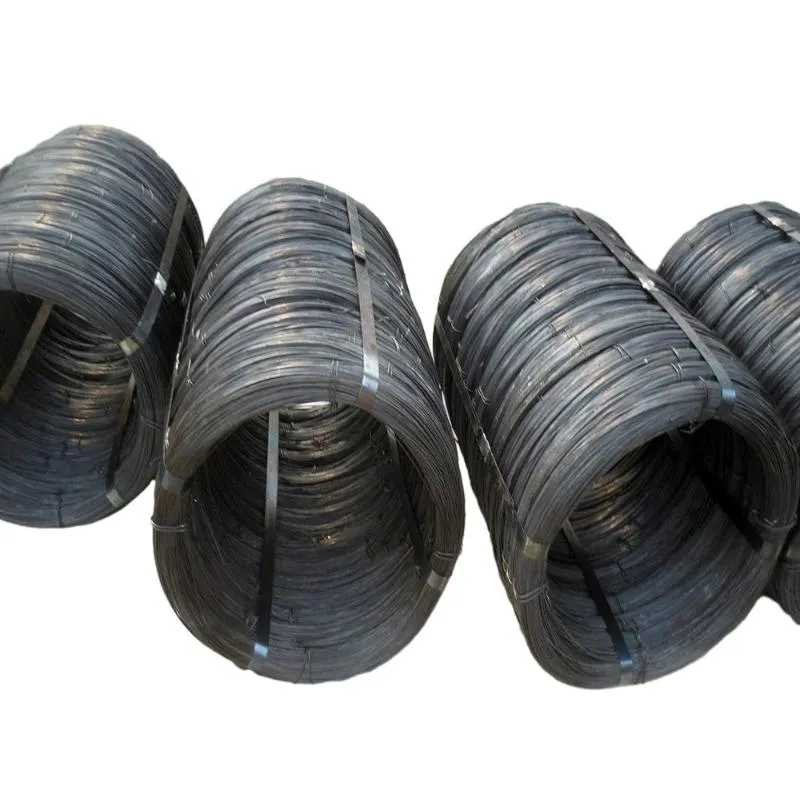
- Mobile Phone
- +8613931874955
- sales@cntcmetal.com
Guidelines for Cavity Wall Ties in Building Regulations and Construction Standards
Understanding Cavity Wall Ties and Building Regulations
Cavity wall construction has become a popular choice in modern building practices due to its improved insulation properties and resistance to moisture penetration. Central to this construction method is the use of cavity wall ties, essential components that provide structural support between inner and outer walls. However, with their importance comes the necessity to comply with building regulations.
What Are Cavity Wall Ties?
Cavity wall ties are metal or plastic strips that connect two layers of masonry, known as the outer and inner leaves of a cavity wall. Their primary function is to maintain the structural integrity of the wall while allowing for the expansion and contraction of materials without compromising the wall's stability. Cavity wall ties also help to transfer loads from the outer leaf to the inner leaf and prevent detachment caused by wind pressure or other forces.
Building Regulations Overview
Building regulations are laws that set out the minimum standards for construction and safety to ensure buildings are safe for occupation. In many countries, these regulations include specific guidelines regarding the type, spacing, and placement of cavity wall ties. Ensuring compliance with these regulations is crucial not only for the safety and stability of the building but also for the long-term protection against moisture, which can lead to various structural issues such as damp and decay.
Importance of Compliance
1. Safety and Structural Integrity Compliance with regulations ensures that cavity wall ties are adequately spaced and of suitable material to withstand environmental conditions. This is vital in preventing structural failures that could lead to significant safety hazards.
2. Moisture Control Properly installed wall ties help to maintain an effective drainage system in cavity walls, preventing water from pooling within the cavity and leading to damp issues. Building regulations often dictate the inclusion of weep holes or other drainage solutions alongside cavity ties.
cavity wall ties building regulations

3. Thermal Performance Regulations often include requirements for thermal performance, making it essential to consider the thermal bridging effect of cavity wall ties. Insulated ties may be recommended to minimize heat loss.
4. Durability and Corrosion Resistance Building codes commonly call for corrosion-resistant materials for cavity wall ties, particularly in coastal areas where salt and moisture can lead to faster deterioration. Ensuring compliance with these material specifications can prolong the lifespan of the wall ties and the overall structure.
Key Regulations to Consider
While building codes may vary by location, some common regulations regarding cavity wall ties include
- Spacing and layout Building codes specify the maximum spacing between wall ties to ensure adequate support. Typically, this is determined based on the height of the wall and environmental factors such as wind load.
- Material specifications Regulations often outline the acceptable materials for cavity wall ties, typically recommending stainless steel, galvanized steel, or specifically designed plastic ties for certain applications.
- Installation requirements Guidelines usually stipulate how ties should be installed, including the depth of embedment and the orientation of the ties.
Conclusion
In conclusion, cavity wall ties are critical to the performance and longevity of cavity wall structures, supporting both safety and moisture control. Understanding and adhering to building regulations regarding their use is imperative for architects, builders, and property owners. By ensuring compliance with these regulations, one can contribute to the creation of safe and durable buildings that will stand the test of time. Always consult with local building codes and professionals when planning a construction project and make informed decisions regarding materials and installation practices for cavity wall ties.
share:
-
Your Source for Concrete Wall Ties and Masonry AccessoriesNewsJul.10,2025
-
Unlocking the Power of Iron Wire for Every ProjectNewsJul.10,2025
-
Explore Advanced Chain Wire and Stainless Steel Mesh FencingNewsJul.10,2025
-
Discover the Benefits of Annealed Wire ProductsNewsJul.10,2025
-
Discover China Stainless Steel Wire Mesh SolutionsNewsJul.10,2025
-
Build with Confidence Using High-Performance Masonry AccessoriesNewsJul.10,2025
-
Why Sacrificial Formwork Is Redefining Underground ConstructionNewsJun.06,2025



















